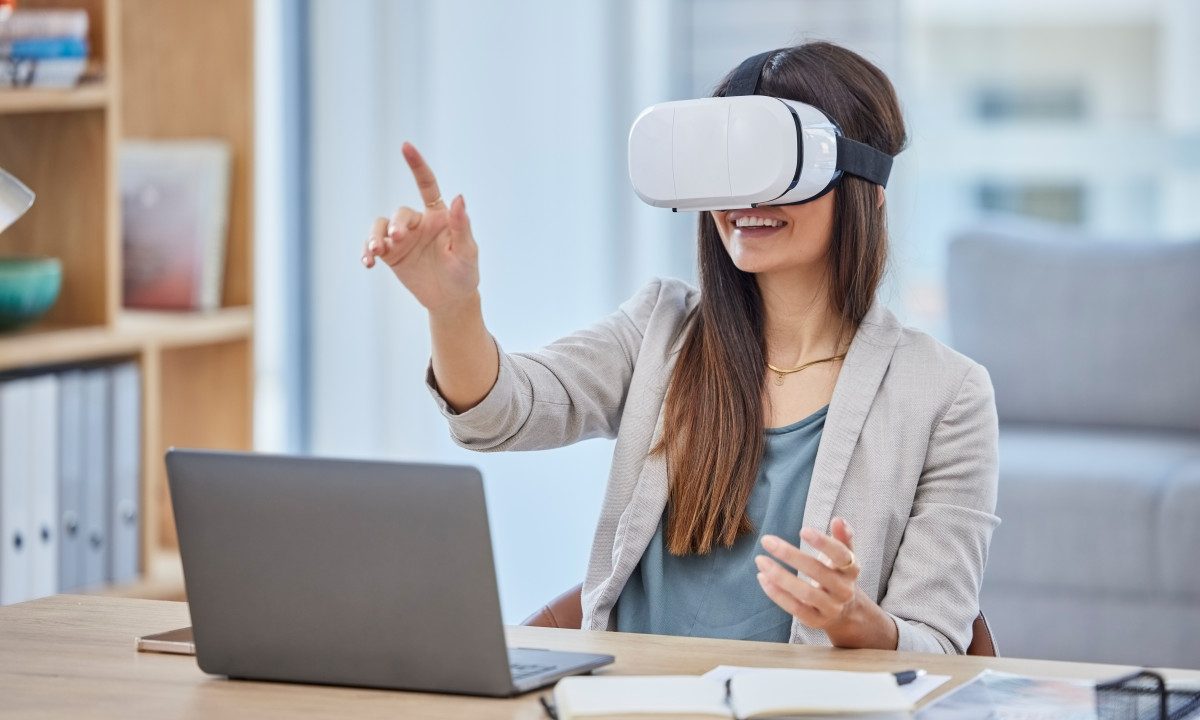Augmented Reality (AR) in Real Estate: Transforming Property Visualization
Augmented Reality (AR) technology has made significant strides in the real estate industry, revolutionizing how buyers and investors visualize properties. This article explores the applications of AR in real estate and its potential to transform property visualization, improve customer experiences, and streamline property marketing.

AR Property Tours:
AR-powered property tours allow potential buyers and tenants to virtually explore properties in a more immersive and interactive manner. Using mobile devices or AR headsets, users can visualize spaces, experiment with design options, and get a realistic sense of the property without physically visiting it.
Furniture Placement and Design:
AR applications enable users to virtually place furniture and décor items in real-world spaces, helping them envision how their belongings would fit into the property and make informed design decisions.
Interactive Property Marketing:
AR can enhance property marketing by bringing property listings to life. AR-powered marketing materials, such as brochures and billboards, provide interactive experiences
that capture the attention of potential buyers.
Improving Property Development:
In property development, AR technology can aid architects and developers in visualizing projects, making design modifications, and showcasing projects to stakeholders before construction begins.

Challenges and Considerations:
While AR presents exciting opportunities, real estate professionals must consider factors such as device compatibility, development costs, and user adoption. Providing a seamless and user-friendly AR experience requires careful planning and collaboration with AR technology providers.
Conclusion:
AR technology is transforming the way properties are visualized, marketed, and developed in the real estate industry. From immersive property tours to interactive marketing materials, AR enhances customer experiences and improves decision-making for buyers, tenants, developers, and real estate professionals. As AR continues to advance, its integration into real estate practices will become increasingly essential for staying competitive and providing exceptional service in an ever-evolving market.






[…] Augmented Reality (AR) technology has made significant strides in the real estate industry, revolutionizing how buyers and investors visualize properties. […]